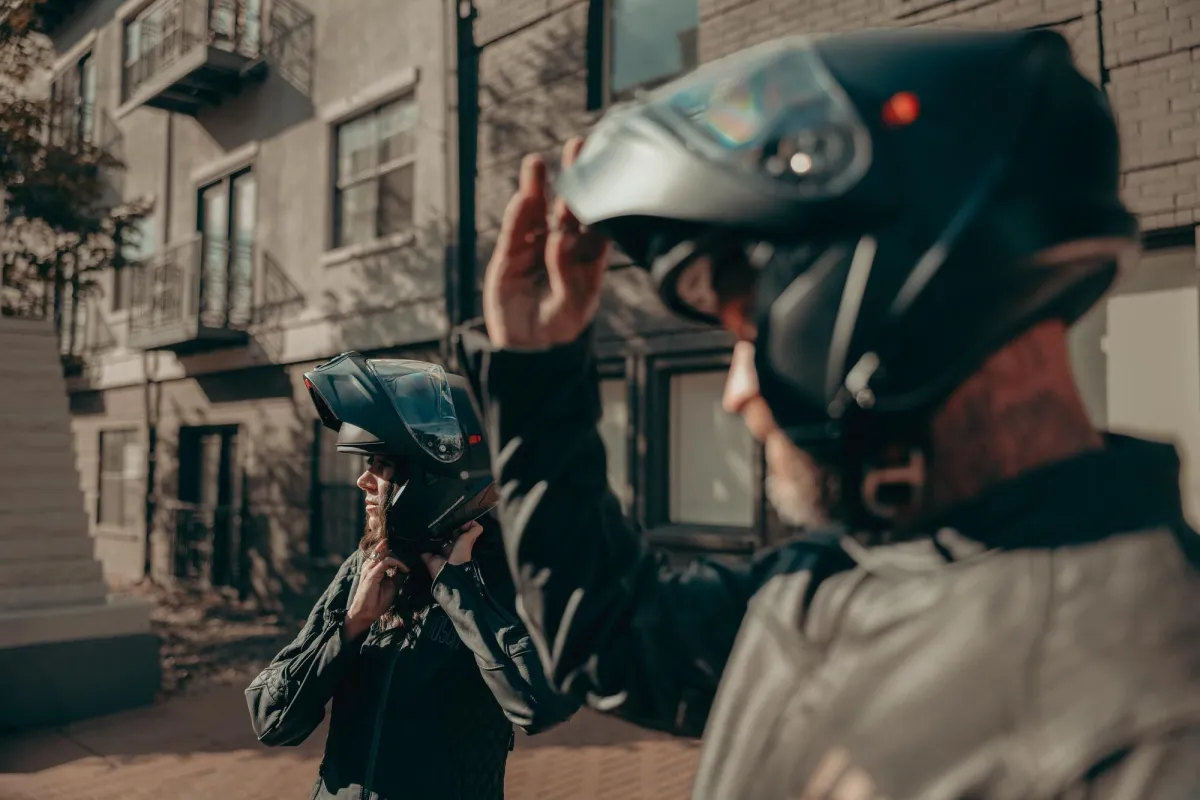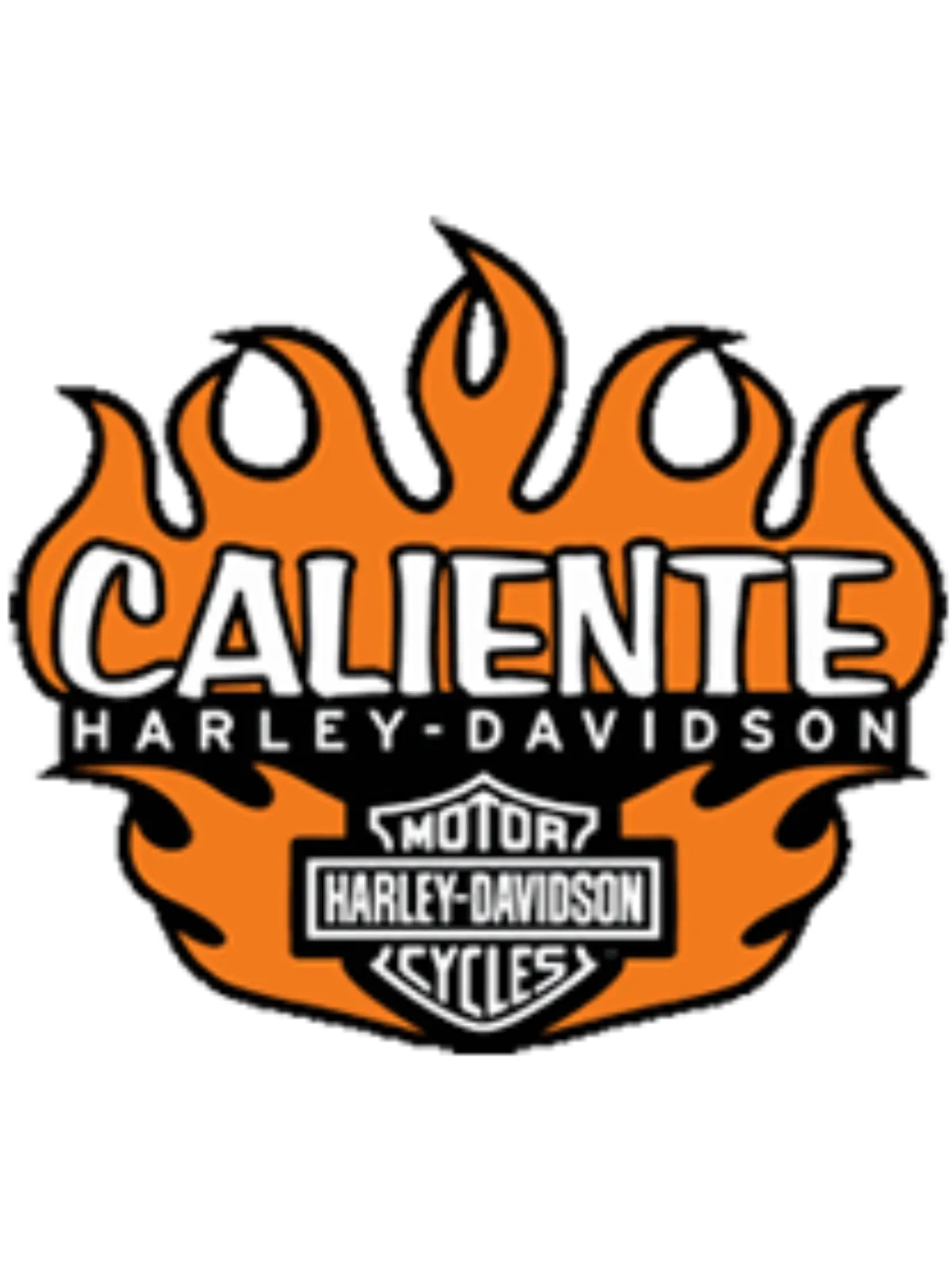Caliente Harley-Davidson Blog

The Heritage of the Dyna Series and Its Cult Following
The Harley-Davidson Dyna series holds a special place in the hearts of riders who love raw power, aggressive styling, and old-school Harley character. Introduced in 1991 and discontinued in 2017, the Dyna lineup became a cult favorite, particularly among custom builders, club-style riders, and performance enthusiasts. Even years after its official end, the Dyna legacy lives on, cementing its status as one of the most beloved Harley platforms of all time.
Origins: The Birth of the Dyna (1991-1998)
The Harley-Davidson Dyna series was born out of the need for a more performance-oriented cruiser that blended the best features of Harley’s previous models.
1. The FXR Predecessor (1982-1994)
Before the Dyna, Harley had the FXR series, known for its stiff, well-balanced frame and sporty handling. However, FXR production costs were high, and Harley wanted a model that was easier to manufacture while still offering strong performance and handling.
2. The First Dyna: FXDB Sturgis (1991)
In 1991, Harley released the first-ever Dyna model, the FXDB Sturgis, named after the legendary motorcycle rally. It featured:
✔ A new rubber-mounted frame, giving a mix of comfort and stability
✔ The big Twin Cam 80 (1340cc) Evolution engine, producing solid torque
✔ A low-slung stance and aggressive styling, setting the tone for future Dynas
With its performance-oriented chassis and classic V-twin power, the Dyna was born as the “rider’s Harley”—blending cruiser attitude with better handling than its Softail and Touring siblings.
The Golden Era: The Dyna Family Grows (1999-2017)
By the late 1990s, the Dyna lineup expanded, becoming a core part of Harley’s cruiser family. Each model brought something unique, while still maintaining the signature rubber-mounted engine and exposed twin shocks that defined the series.
Key Models That Defined the Dyna Series:
1. Dyna Super Glide (FXD) – 1995-2017
The Super Glide was the most versatile Dyna, offering a simple, stripped-down cruiser experience.
The early FXD models had the Evolution engine, but in 1999, Harley upgraded to the Twin Cam 88 (1450cc).
2. Dyna Wide Glide (FXDWG) – 1993-2017
One of the most recognizable Dynas, the Wide Glide had extended front forks, a 21-inch front wheel, and a chopper-inspired look.
It was a nod to Harley’s custom culture, appealing to those who wanted a factory chopper.
3. Dyna Low Rider (FXDL) – 1993-2009, 2014-2017
Introduced in 1993, the Low Rider featured a lower seat height and mid-controls, making it ergonomic and comfortable for a wide range of riders.
It became one of the most iconic Dynas, especially for club-style riders who loved performance-oriented cruisers.
4. Dyna Street Bob (FXDB) – 2006-2017
The Street Bob revived the bobber-style Dyna, featuring mini-ape handlebars, a solo seat, and a minimalist aesthetic.
It was affordable, stylish, and perfect for customization, making it one of the most popular Dyna models.
5. Dyna Fat Bob (FXDF) – 2008-2017
The Fat Bob was the most aggressive-looking Dyna, with wide tires, dual headlights, and an aggressive riding stance.
It was one of the best-handling Dynas, appealing to those who wanted a more muscular cruiser.
Why the Dyna Became a Cult Classic
The Dyna series gained a massive following, especially in the custom and club-style riding scene. But why?
1. Performance Over Flash
The rubber-mounted Twin Cam engine gave the Dyna a distinct raw, vibrating feel, which riders loved.
The lighter frame and exposed shocks made it handle better than Softails.
It was nimble, powerful, and customizable—a perfect blank slate for performance mods.
2. Club-Style & Custom Culture
The Dyna became the go-to bike for club-style builds, with tall riser bars, quarter fairings, and performance upgrades.
Many Sons of Anarchy fans associate the Dyna with Jax Teller’s blacked-out club bike, boosting its appeal in pop culture.
Brands like T-Sport, Arlen Ness, and FXR Division built performance parts tailored for Dynas.
3. The Twin Cam Sound & Vibration
Unlike the newer Milwaukee-Eight models, the Dyna’s Twin Cam engine had a raw, old-school sound and rumble, which riders loved.
The exposed twin shocks gave it a more mechanical, aggressive look compared to the hidden-shock Softails.
The Death of the Dyna: 2017 Discontinuation
In 2017, Harley-Davidson ended the Dyna series, merging it with the new Softail lineup. The new Softail frame incorporated features from the Dyna, but purists felt it lacked the true Dyna soul.
Harley replaced Dynas with Milwaukee-Eight-powered Softails, such as:
Low Rider & Low Rider S (Softail-based)
Street Bob (Softail-based)
Fat Bob (Softail-based)
While the new Softails handled better, had better suspension, and were smoother, many Dyna loyalists felt that the new models lost the signature Dyna character—especially the raw feel and exposed shocks.
The Dyna Legacy Lives On
Despite being discontinued, the Dyna remains one of the most sought-after used Harley models. Riders and collectors still seek out older Dynas because of their:
✔ Raw, old-school Harley character
✔ Club-style and custom potential
✔ Classic Twin Cam power and feel
Many Dyna fans refuse to switch to Softails, keeping the legacy of the real Dyna experience alive through custom builds, restorations, and aftermarket upgrades.
Final Thoughts: The Dyna – A Rebel’s Harley
The Harley-Davidson Dyna series was more than just a cruiser—it was a statement. It combined raw power, aggressive styling, and performance-focused design, making it the choice for riders who wanted more than just a relaxed cruiser.
Even though Harley moved on from the Dyna, its cult following continues to grow. Whether it’s in custom builds, street-style club bikes, or high-performance cruisers, the Dyna’s rebellious spirit and mechanical soul will never die.
For many riders, there will never be another bike quite like the Dyna.

Facebook
Instagram
TikTok
Youtube